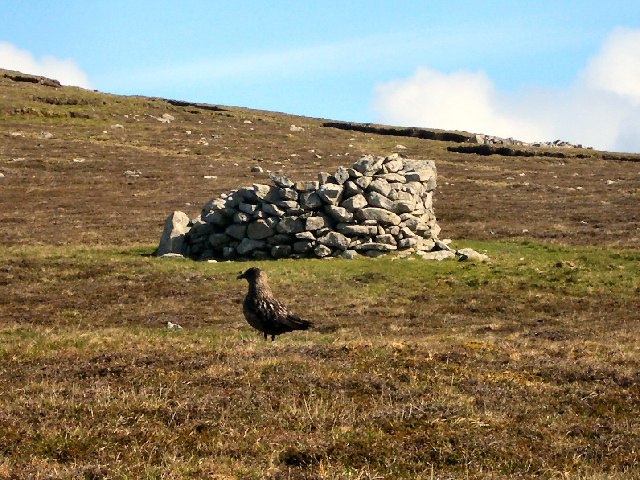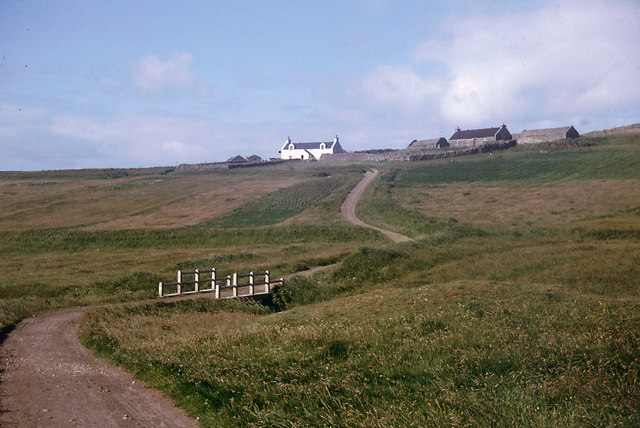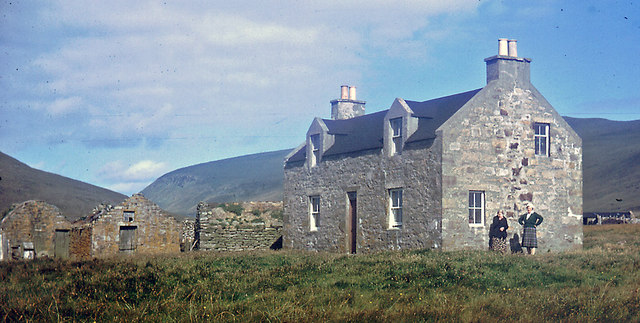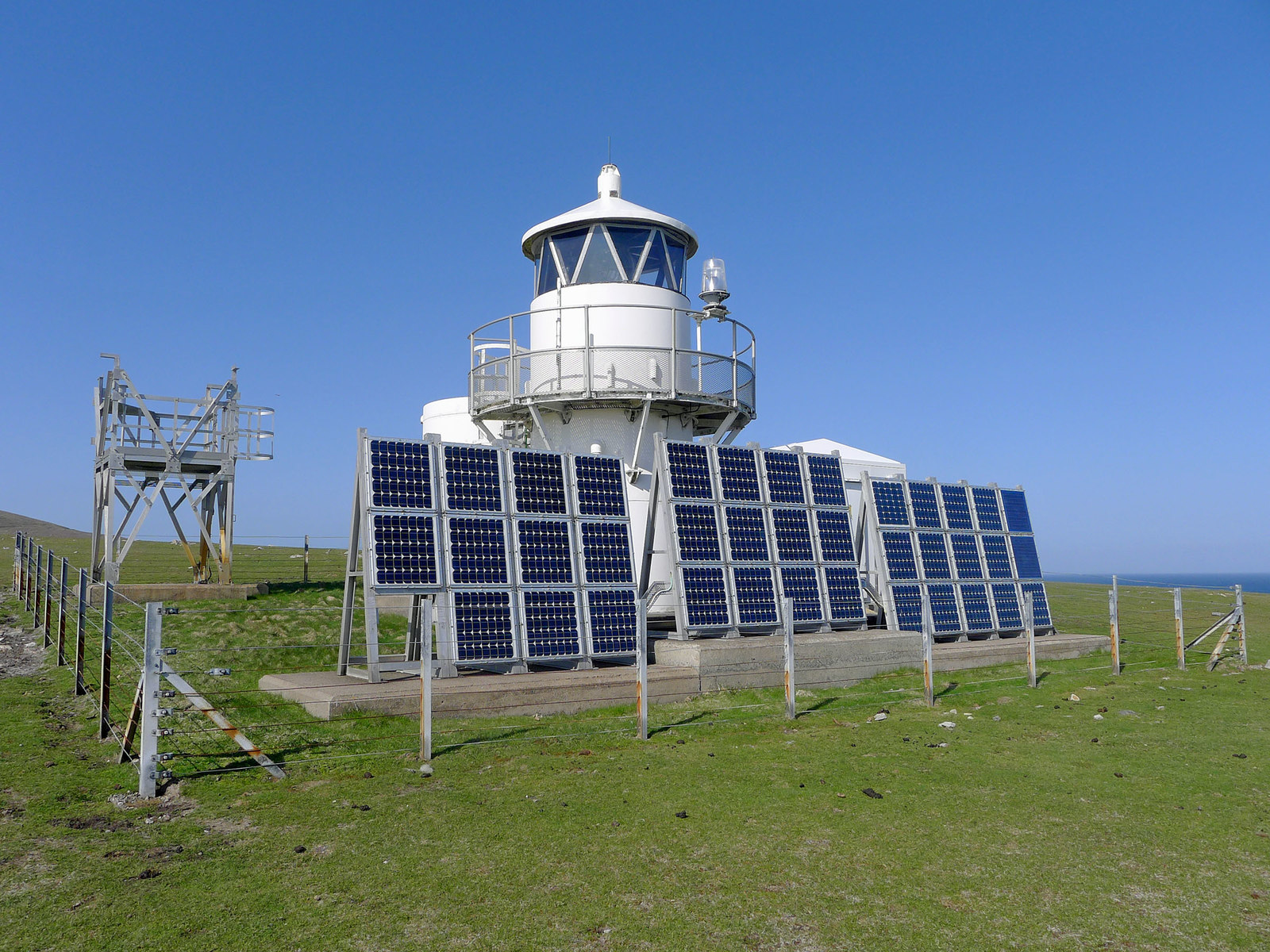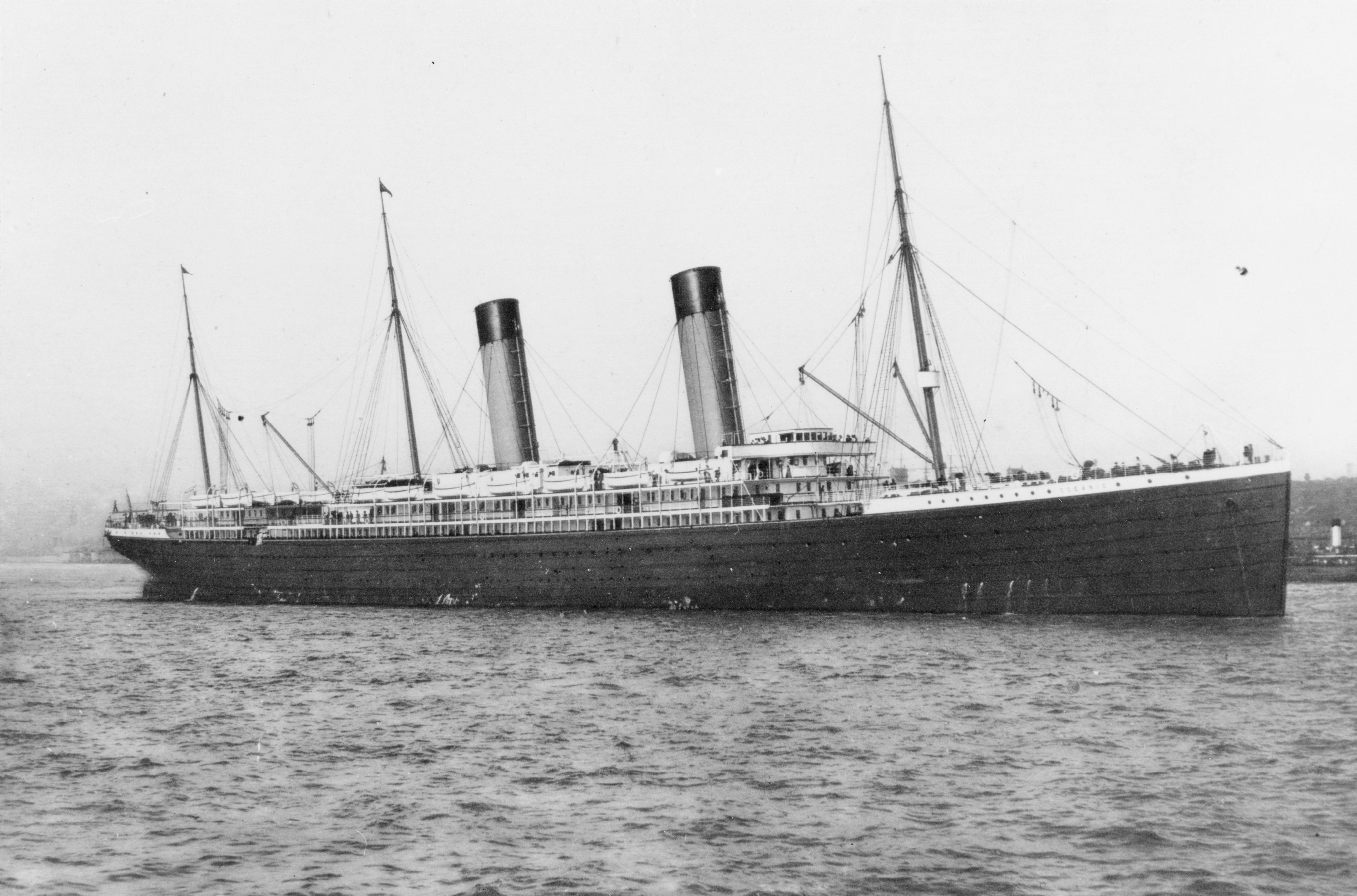Skarvatong
Coastal Feature, Headland, Point in Shetland
Scotland
Skarvatong
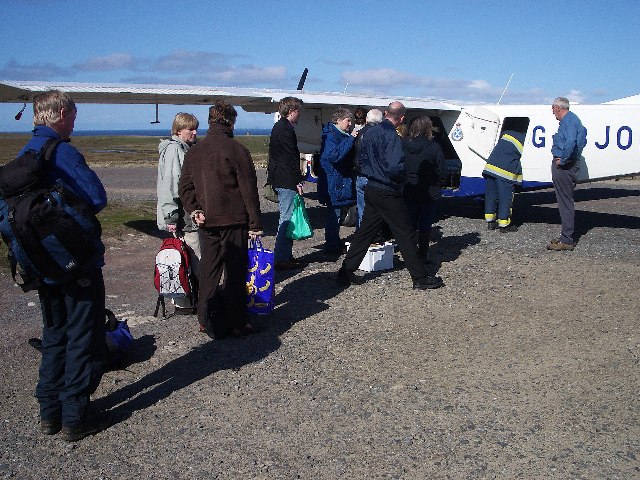
Skarvatong is a prominent coastal feature located in the Shetland Islands, an archipelago situated off the northeastern coast of Scotland. It is classified as a headland or a point, jutting out into the North Sea. Skarvatong is geographically positioned on the eastern side of Shetland, specifically on the island of Unst, which is the northernmost inhabited island in the United Kingdom.
The headland is characterized by its rugged and dramatic cliffs, reaching impressive heights that provide breathtaking panoramic views of the surrounding landscape. These cliffs are composed of ancient rock formations, showcasing layers of sedimentary rocks that have been shaped and sculpted by centuries of erosion from the relentless waves and winds of the North Sea.
Skarvatong offers a diverse range of flora and fauna, with seabird colonies nesting along its cliffs, including puffins, guillemots, and razorbills. The surrounding waters are also rich in marine life, making it a popular spot for fishing and wildlife enthusiasts.
The headland is accessible to visitors via a network of coastal paths and trails, allowing them to explore its rugged beauty up close. It is worth noting that caution must be exercised when navigating the cliffs, as they can be steep and unstable in some areas.
Skarvatong is not only a stunning coastal landmark but also holds historical significance. It was once home to a thriving Viking settlement, evidenced by the presence of ancient ruins and archeological finds. These remnants serve as a testament to the island's rich cultural heritage and provide an intriguing glimpse into the past.
In conclusion, Skarvatong in Shetland is an awe-inspiring headland or point that showcases the raw beauty of the Scottish coastline. With its striking cliffs, diverse wildlife, and historical significance, it is a must-visit destination for nature lovers and history enthusiasts alike.
If you have any feedback on the listing, please let us know in the comments section below.
Skarvatong Images
Images are sourced within 2km of 60.111892/-2.0605177 or Grid Reference HT9636. Thanks to Geograph Open Source API. All images are credited.

![The Noup [Da Noup] First hill of the day with Tricky Speirs after a flight from Tingwall. View towards a cloud covered The Sneug [Da Sneug].
Name: The Noup [Da Noup]
Hill number: 1536
Height: 248m / 814ft
Area: 22: Shetland Islands
Class: Ma
Grid ref: HT 95445 37514
Summit feature: no feature: grass
Drop: 179m
Col: 69m HT951380](https://s3.geograph.org.uk/geophotos/03/50/73/3507331_6daae61d.jpg)

Skarvatong is located at Grid Ref: HT9636 (Lat: 60.111892, Lng: -2.0605177)
Unitary Authority: Shetland Islands
Police Authority: Highlands and Islands
What 3 Words
///suffer.discount.conqueror. Near Walls, Shetland Islands
Nearby Locations
Related Wikis
Foula Airfield
Foula Airfield (IATA: FOA) is an airfield located on the remote island of Foula, part of the Shetland Islands in the north of Scotland. == History == The...
Foula
Foula (), located in the Shetland archipelago of Scotland, is one of the United Kingdom's most remote permanently inhabited islands. Owned since the turn...
RMS Oceanic (1899)
RMS Oceanic was a transatlantic ocean liner built for the White Star Line. She sailed on her maiden voyage on 6 September 1899 and was the largest ship...
Nearby Amenities
Located within 500m of 60.111892,-2.0605177Have you been to Skarvatong?
Leave your review of Skarvatong below (or comments, questions and feedback).
